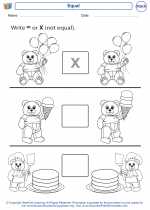Common Denominator
In math, a common denominator is a common multiple of the denominators of two or more fractions. When adding or subtracting fractions, it is necessary to have a common denominator to perform the operation. Finding a common denominator allows us to combine or compare fractions with different denominators.
To find the common denominator of two fractions, we can follow these steps:
- Identify the denominators: Take note of the denominators of the fractions we want to work with.
- Find the least common multiple (LCM): Determine the least common multiple of the denominators. The LCM is the smallest number that is a multiple of each of the denominators.
- Multiply the fractions: Once we have the common denominator, we can then rewrite each fraction with the common denominator and perform the addition or subtraction as needed.
For example, let's say we want to add the fractions 1/3 and 1/4. First, we identify the denominators (3 and 4). Then, we find the least common multiple of 3 and 4, which is 12. We rewrite the fractions with the common denominator and proceed with the addition:
1/3 = 4/12 (multiplied by 4/4 to get a denominator of 12)
1/4 = 3/12 (multiplied by 3/3 to get a denominator of 12)
Now, we can add the fractions: 4/12 + 3/12 = 7/12
So, the sum of 1/3 and 1/4 with a common denominator of 12 is 7/12.
Understanding and finding the common denominator is essential for working with fractions and performing operations on them.
By finding the common denominator, we can effectively add, subtract, or compare fractions, making it a fundamental concept in elementary and middle school mathematics.
[Common Denominator] Related Worksheets and Study Guides:
.◂Math Worksheets and Study Guides Kindergarten. Comparing, and ordering
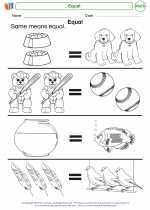
 Coloring Worksheet
Coloring Worksheet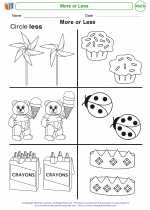
 Coloring Worksheet
Coloring Worksheet
 Worksheet/Answer key
Worksheet/Answer key
 Worksheet/Answer key
Worksheet/Answer key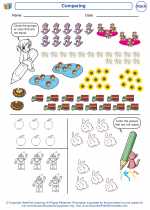
 Worksheet/Answer key
Worksheet/Answer key
 Worksheet/Answer key
Worksheet/Answer key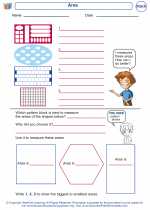
 Worksheet/Answer key
Worksheet/Answer key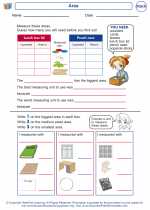
 Worksheet/Answer key
Worksheet/Answer key